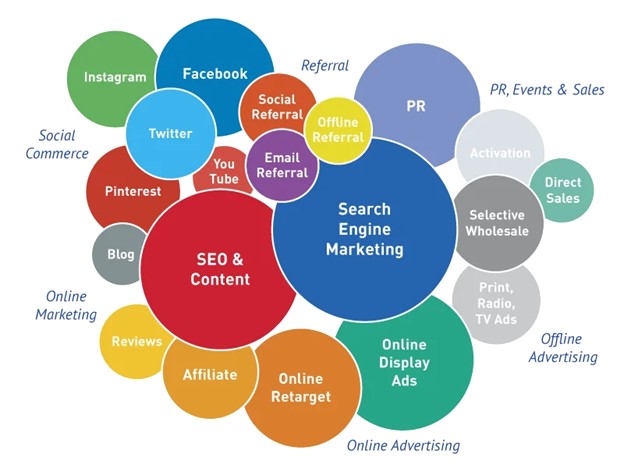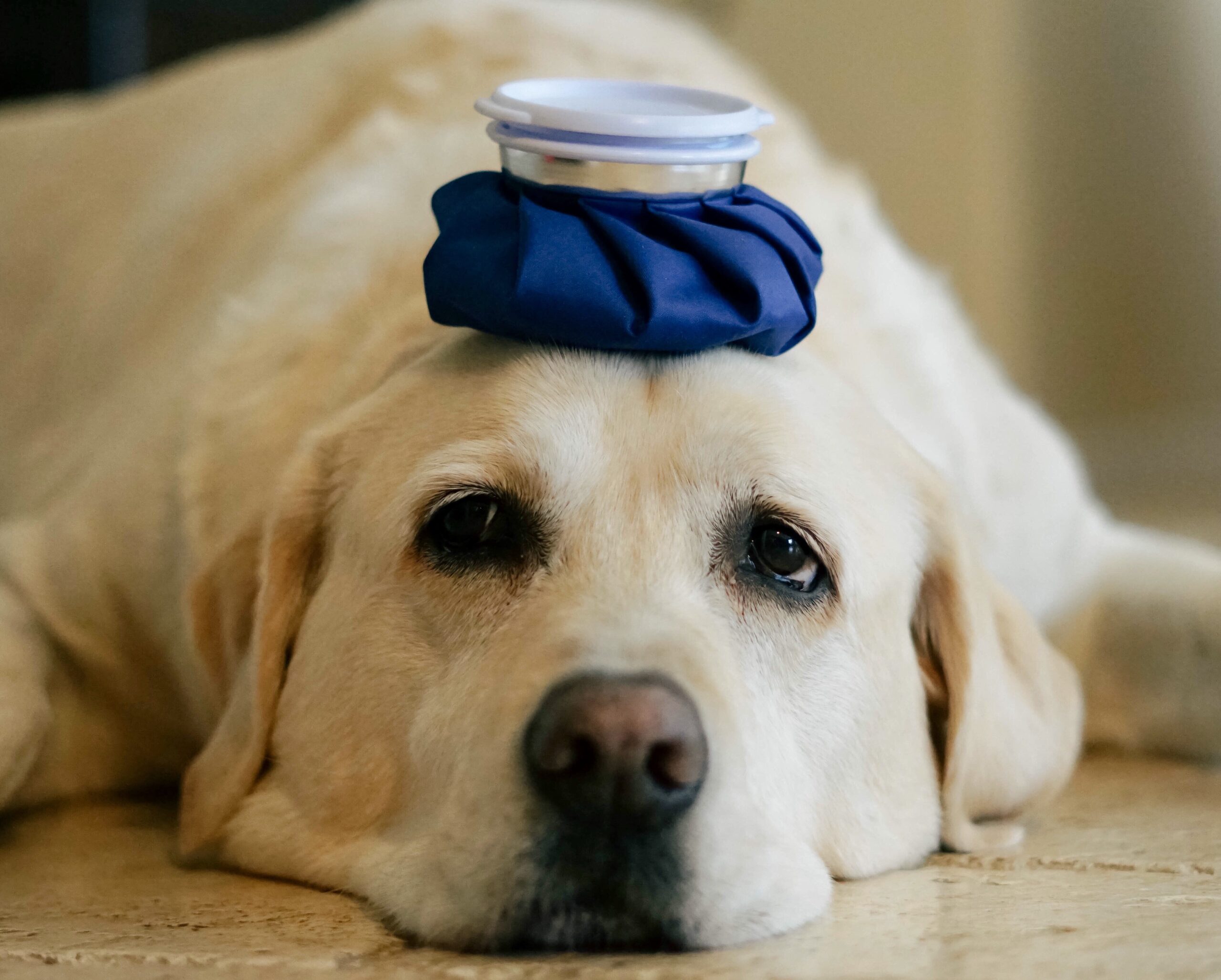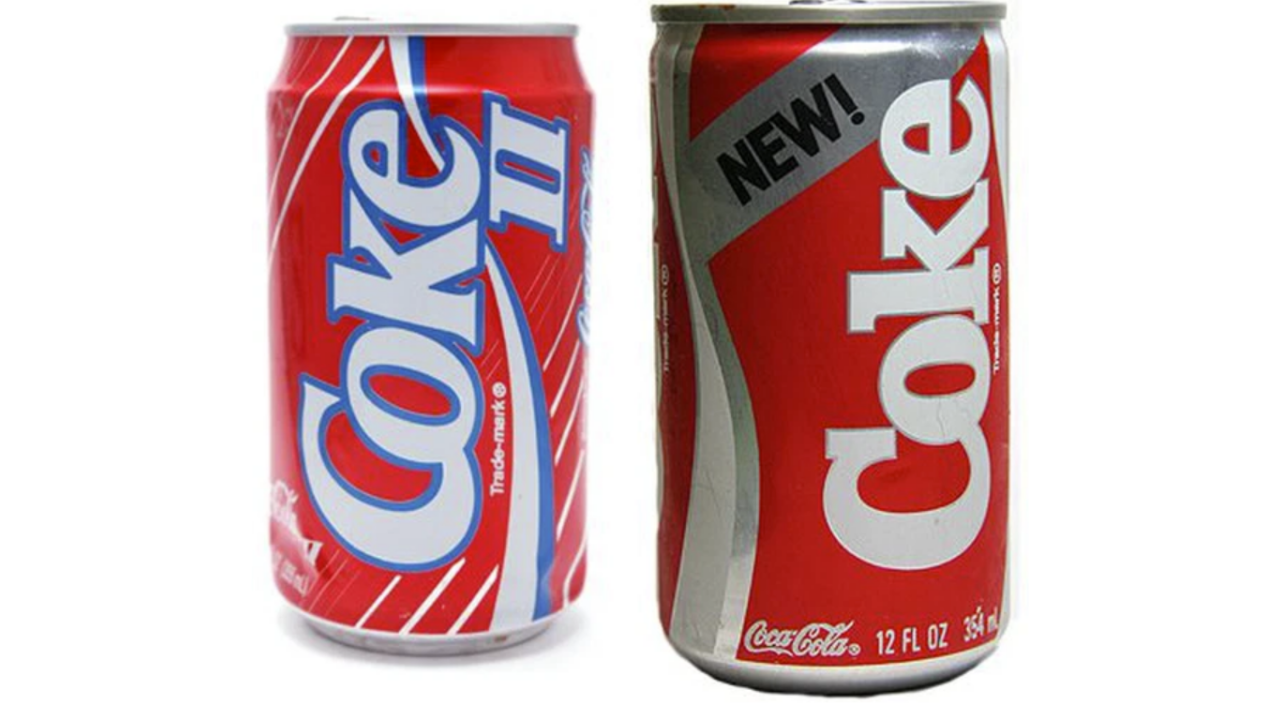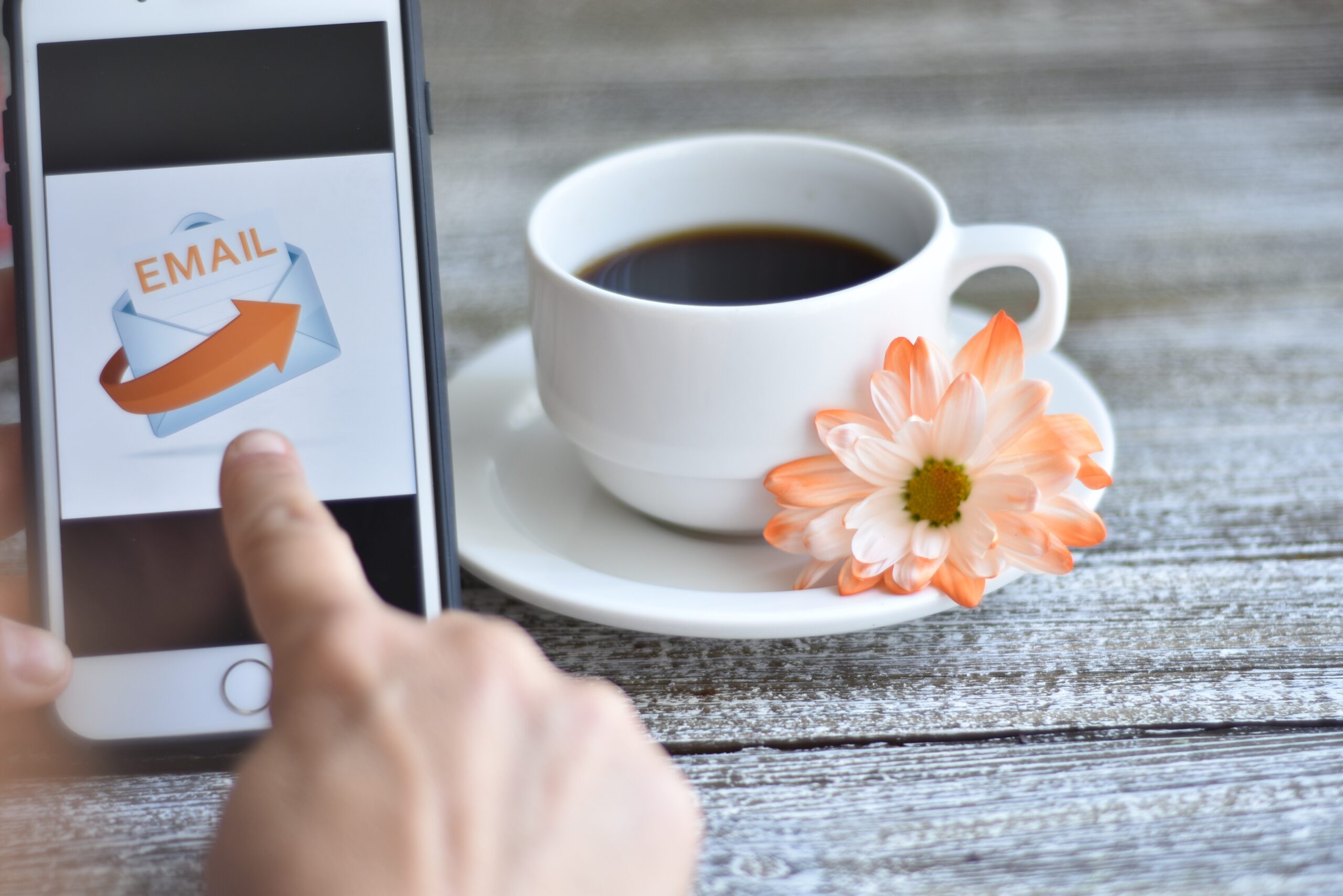This week we will continue along the buyer’s journey to the final (and critical) leg: the bottom of the funnel (BOF) and the point at which your leads turn into customers. In the first entry of this series, we highlighted the Problem Stage and top of funnel (TOF) content. Last week we covered middle of the funnel (MOF) content, which brings the shift to Solution Awareness where the buyer begins to understand that your solutions could potentially solve their problem.
Bottom of the Funnel Solutions
The buyer’s journey starts at the topmost and widest point of the funnel: discovering a pain point. As prospects continue down into the narrower part of the funnel, they determine whether your brand is the right solution for their problem. At this point, keeping them on the hook with the right content is critical, and you’ll get them one step closer to the ultimate goal in the final part of the funnel: a purchase.
BOF content is all about sealing the deal for the purchase and wrapping up your other steps into deliverable action. At this stage of the buyer’s journey, prospects gather the final information they need to decide to buy your products or services. This is often a combination of sales meetings, demos, trials, webinars, and collateral.
Types of BOF Content
BOF content refers to content that persuades prospects to make a purchase. While higher-level content may be more general toward building trust, BOF content highlights specific products and services. This is done within the context of the trust established earlier in the journey. BOF is also the point at which the journey transitions from marketing to sales, so communication between the two teams is key.
At this step, prospects know your products and services exist, and they may have discussed their pain point with you. BOF content helps the buyer feel empowered to choose you over their other options. The best BOF content also demonstrates the value of the purchase and how the customer will put your products and services to use.
Marketing Driven BOF Content
Balancing who is involved in the sale is completely unique to your business at this stage. Depending on how your sales workflow is structured, marketing may still play a significant role in supporting the sale, even at the BOF. Prospects may need content that helps them evaluate the solution. This could include whitepapers, ebooks, case studies, videos, webinars – live and recorded.
Sales Driven BOF Content
In complex and technical sales, your sales team may prefer to drive the final stretch. When a customer may have more individualized questions and the implementation will be custom, sales will often maintain the content at the BOF. This could include sales collateral, references, trials, and special programs.
Meanwhile, email and social media are suitable channels for communicating. They are successful because they can be timed and targeted to facilitate engagement. (Don’t forget that that engagement alone is not enough. To positively engage with your customers, you must above all else be responsive, authentic, and transparent.)
Be aware that once marcom moves from your website or content platforms and over to sales and their CRM platform, tracking tends to get lost. Plan ahead by setting up the fields/stages you will track in the CRM to see how a sale is progressing after it moves over. You can still track an individual prospect if you plan your sales workflow up front.
Having approved sales content in a single location for your salespeople can easily access it and send to their prospects will save you brand headaches later. Sometimes salespeople want a particular asset that is not standard and try to build their own. The best brand protection is to provide them a template and make sure someone approves what they create before it is sent.
Post Sale Content
Congratulations – you have closed a sale! Now you need to welcome and onboard your new customer without overwhelming them. Be strategic in the timing of your content. You can drip out content like:
- Surveys (which allow you to understand your audience, how you can improve their experience, and demonstrates your interest in doing so)
- Loyalty programs special offers (contemporary consumers highly value)
- Referral contests and giveaways
From the Buyers Journey to the Customer Journey
It’s worth noting that there may be some overlap between stages and content. While the examples we’ve provided for TOF, MOF, and BOF content are relatively standard, there may also be some variations depending on the specifics of your industry, audience, and sales cycle.
One last thing to keep in mind about the buyer’s journey and bottom-of-funnel content is your market strategy and planning. If you are successful, the bottom of the funnel will mark the end of the buyer’s journey. It should also represent the beginning of another: the customer journey. A well-planned and executed content marketing strategy return satisfied customers to the top of the funnel. Each time the cycle repeats, it builds critical trust and loyalty.
We’re living in an era of eroded customer trust and the challenges associated with customer acquisition, therefore the value of customer retention cannot be overstated. In other words, your job isn’t over when you get the sale. It’s now on you to keep the customer. The good news? Every time you get your content marketing funnel strategy right, you make it a little easier to retain your customers.









